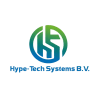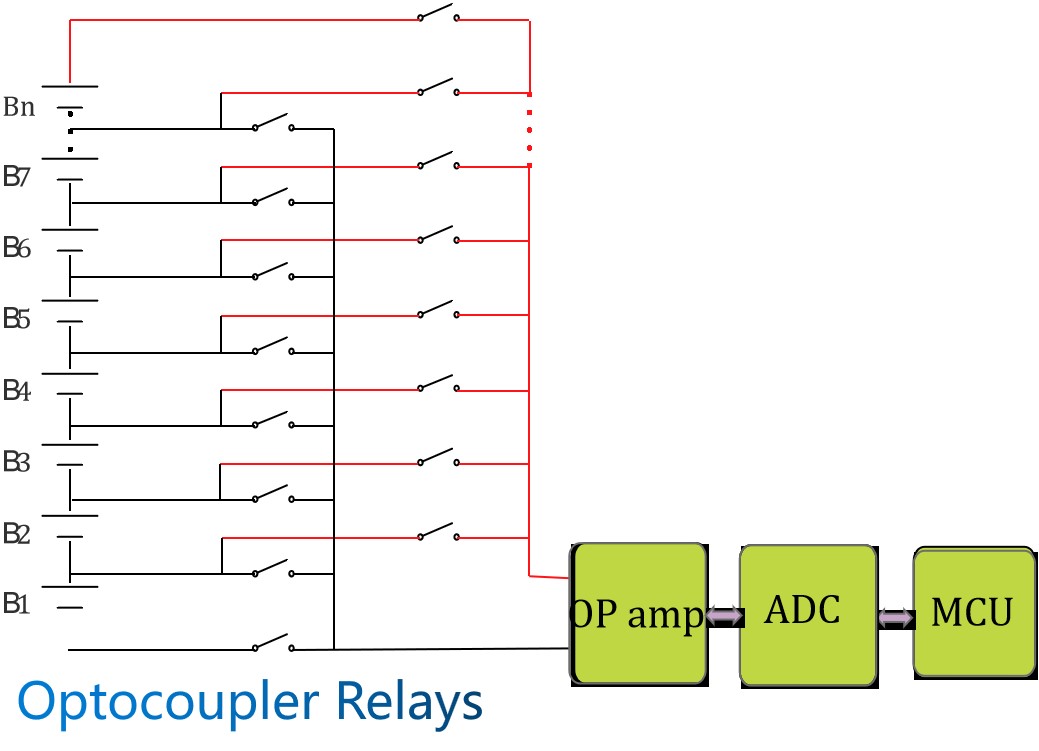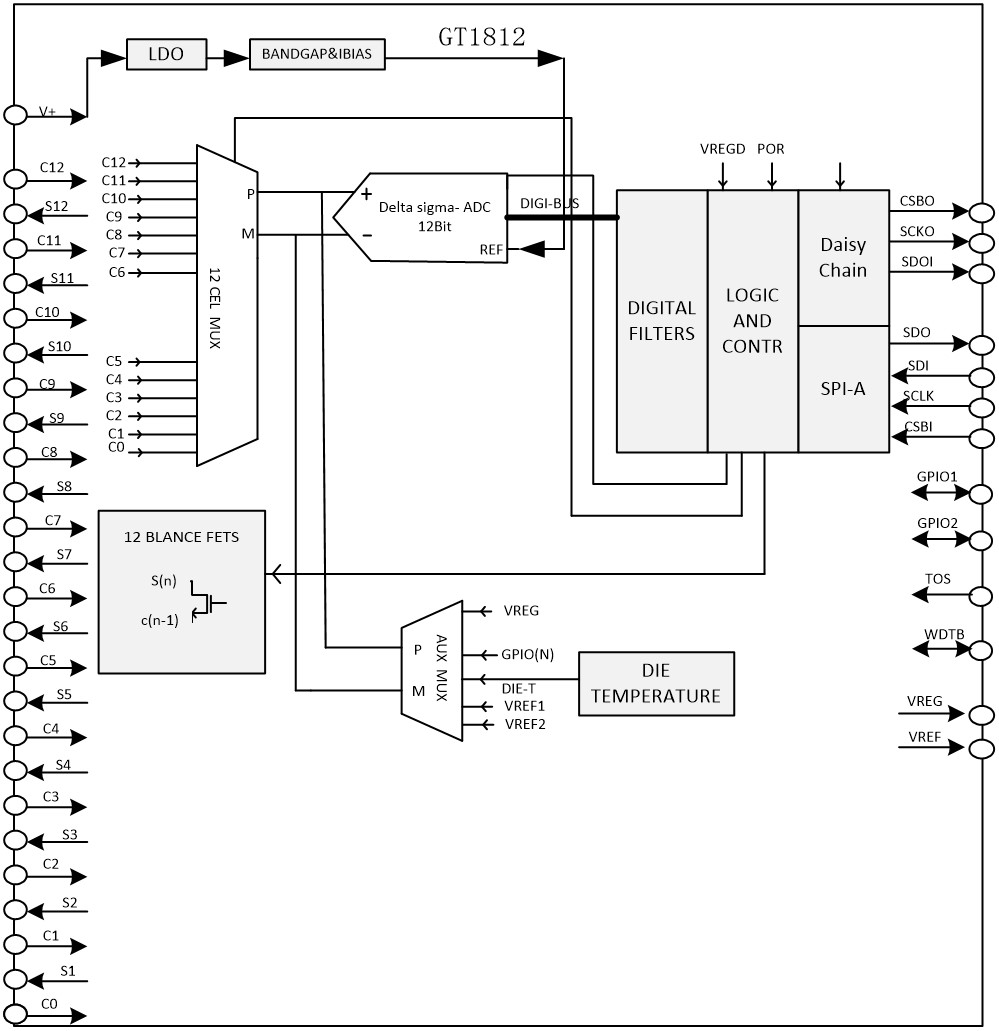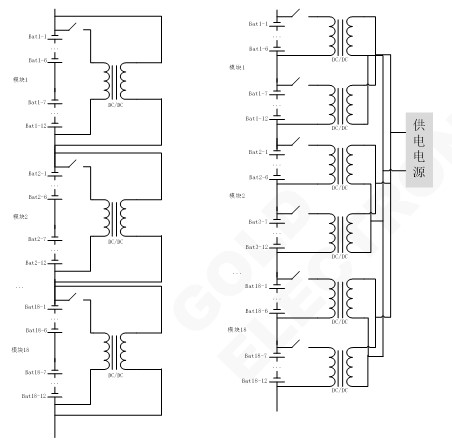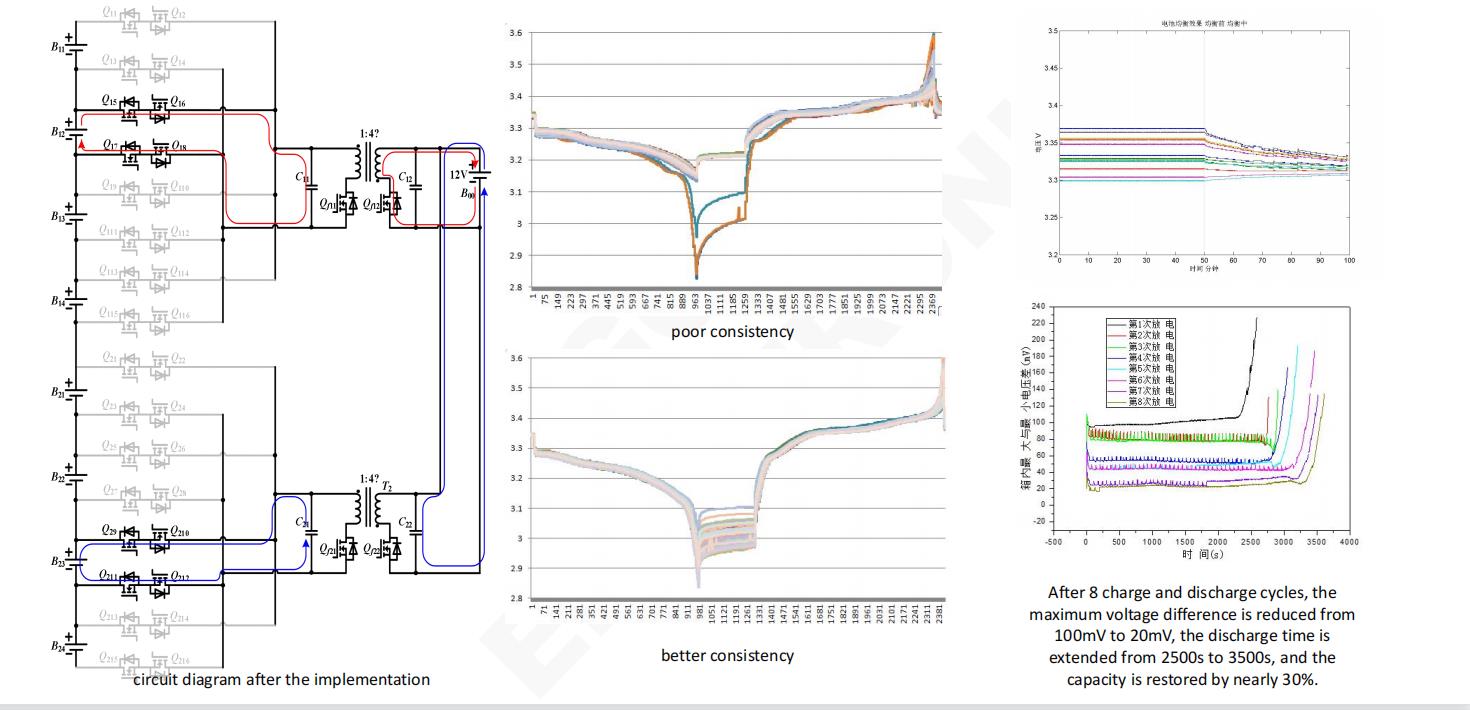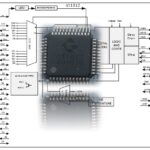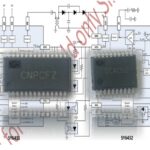Existing Technology-Optocoupler Relays
Discrete device acquisition, complex peripheral circuits, large product volume, poor anti-interference performance, and easy to cause large acquisition deviations, jumps, or even failure to acquire in a common-mode interference environment; There is a risk of false conduction in the optocoupler relay, which may cause a direct short circuit of the battery; The acquisition speed is slow and the acquisition accuracy is low; Commercial-grade performance.
